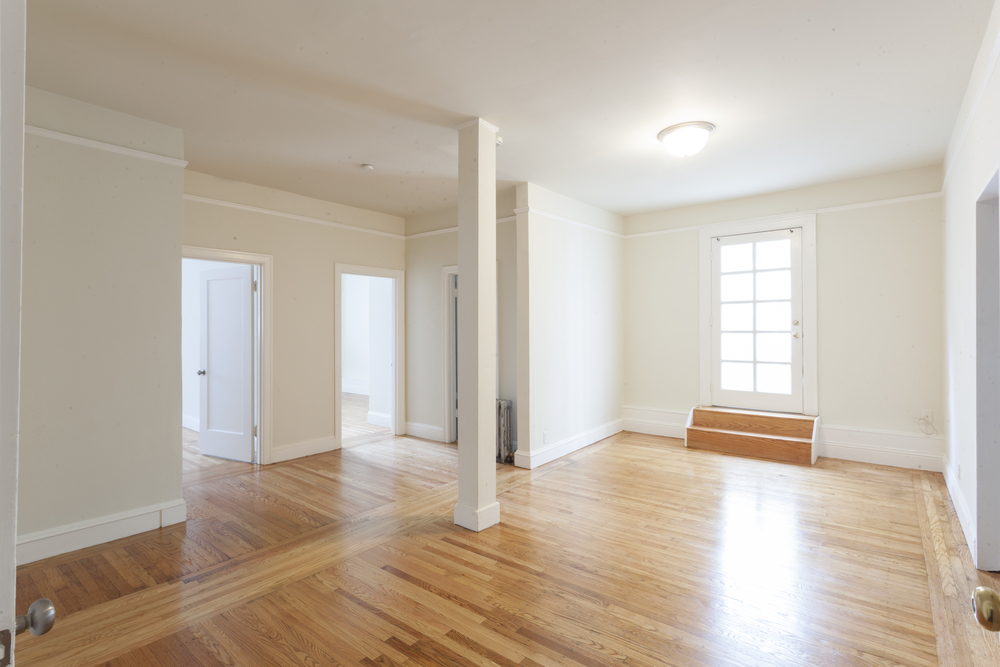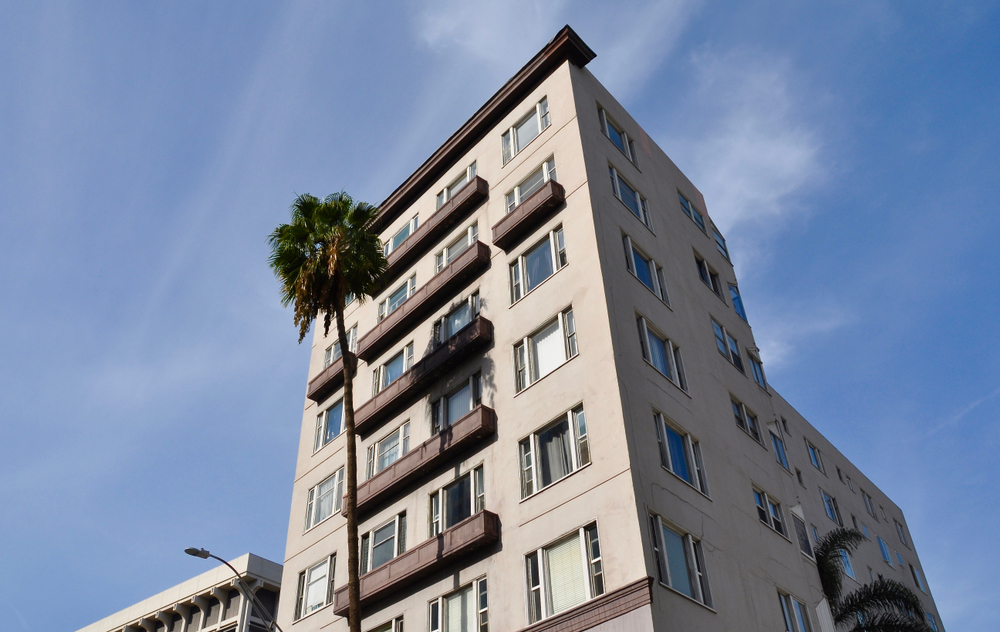Welcome to our comprehensive guide on “Everything Landlords Must Know About Rent Control in Los Angeles”. This video is brought to you by Eva Kobi, a seasoned trial attorney with SNS Law Group who has over a decade of experience in the real estate world. In this video, Eva breaks down three different scenarios related to rent control laws in Los Angeles and how landlords can navigate them. The scenarios discussed are:
- Properties subject to the Rent Stabilization Ordinance (RSO).
- Properties not subjected to RSO but are still subjected to the California Tenant Protection Act (TPA or known as the ABA 1482).
- Properties that are exempt from the California TPA.
Eva explains how landlords can raise rent under each scenario, addressing key questions like “How much can a landlord raise rent?” and “How to raise rent in California?” For instance, under RSO, landlords can raise the rent by up to 6%, which includes 4% for the base rent, 1% for gas, and 1% for electricity, depending on if the landlord is paying for these things.
For properties not subjected to RSO but are still subjected to the California TPA, landlords may increase the rent by the lesser of either 10% or 5% plus the current inflation. For properties that are exempt from the California TPA state law, landlords can still increase the rent, but the notice period varies depending on the percentage of increase.
This video is a must-watch for landlords navigating the complexities of rent laws in California, especially in light of the recent rent increase in Los Angeles and California. Remember, no two client scenarios are the same, so if you are intending to increase your tenant’s rent, we’ll be more than happy to answer your questions.
If you find this video helpful, please subscribe to our page for further content and information on the same. Stay tuned for more insights on rent control in Los Angeles and other real estate matters. Enjoy the video!
Transcript:
Landlords are calling and asking, “How can I raise my tenant’s rent in the city of Los Angeles?” In this video, I will break down three different scenarios in which you can.
Hi, I’m Eva Kobi. I’m a trial attorney with SNS Law Group, with over a decade of experience in the real estate world. If you like what you hear today in this video, we ask that you subscribe to our page for further content & information on the same.
Property Type: RSO, TPA, Exempt from TPA
The three scenarios in which I’d like to discuss are firstly, properties that are subject to the Rent Stabilization Ordinance, otherwise known as the RSO. In the second scenario, properties that are not subject to RSO, however, are still subject to the California Tenant Protection Act, or the TPA, or known as the ABA 1482. In the third scenario, properties that are exempt from the California TPA.
Rent Controlled Apartments in Los Angeles
In the first scenario, properties that are subject to the RSO, you can raise the rent. How much can you raise the rent by? Up to 6%. The 6% makes up 4% for the base rent, 1% for gas and 1% for electricity, depending on if the landlord is paying for these things. Now, how do you increase the rent? You provide a 30-day notice of change of terms of tenancy with the increase of the rent.
TSA Properties
In the second scenario, where properties are not subjected to RSO—however, are still subjected to the California TPA—you may increase the rent by the lesser of the following: either the 10% or 5% plus the current inflation. And how do you go about giving notice for this increase in this scenario? You give a 30-day notice of change of terms of tenancy to increase the rent.
Properties Exempt from TSA
Now, in your third scenario where properties are exempt from the California TPA, you may still increase the rent. If you’re intending to increase the rent more than 10%, you will have to give a 90-day notice of change of terms of tenancy to increase the rent. Otherwise, if you’re intending to increase less than 10%, you have to simply give a 30-day notice of change of terms of tenancy to increase the rent.
Contact Our Real Estate Law Firm for Guidance to Raise Rent in Los Angeles
Now, no two client scenarios are the same, so if you are intending to increase your tenant’s rent, we’ll be more than happy to answer any questions or concerns you may have in your scenario.
 424-220-2052
424-220-2052





 Click To Call Now
Click To Call Now









